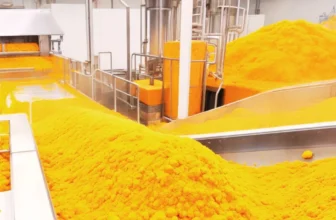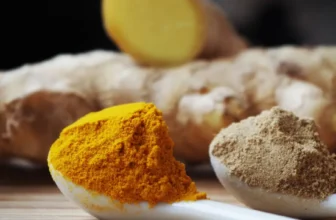The Scoville Scale and Heat Levels: Understanding the Science Behind Spice
When you bite into a pepper and feel that burning sensation, you experience the effects measured by the Scoville Scale.
Table of Contents
Origins of the Scoville Scale
Wilbur Scoville created the Scoville Scale in 1912. Scoville, a pharmacist, developed this scale to measure pepper heat levels through the Scoville Organoleptic Test. Pepper extract was diluted in sugar and water until tasters couldn’t detect any heat. The number of dilutions required to reach this point was determined by the Scoville Heat Units (SHU).
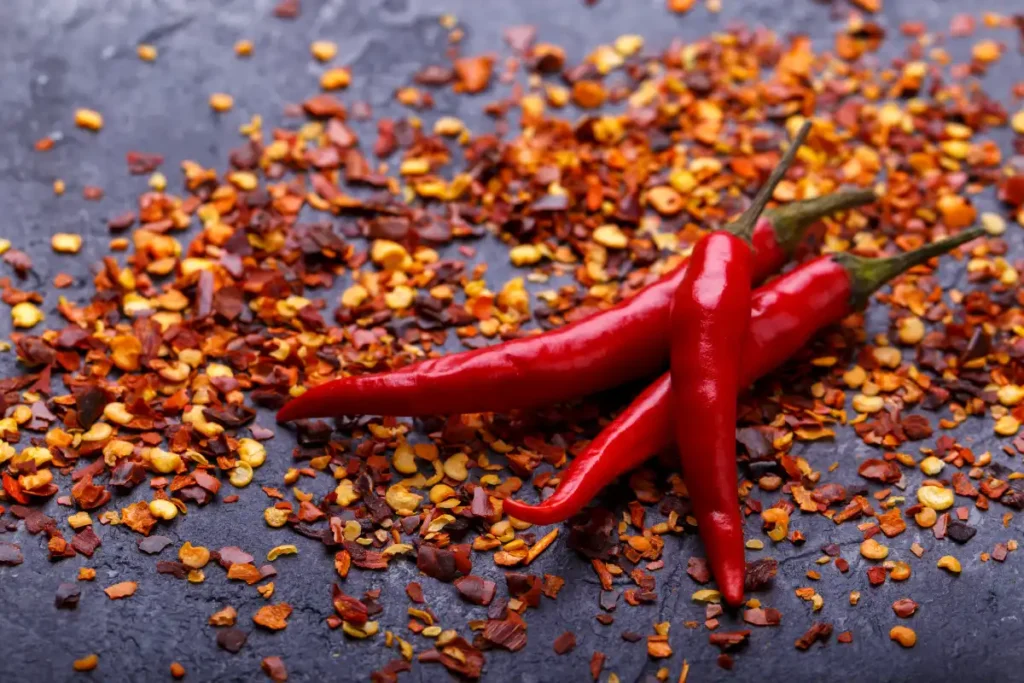
How the Scoville Scale Works
The heat of a pepper is primarily due to the presence of capsaicin. This is a compound that stimulates heat receptors in the skin, particularly the mucous membranes. The Scoville Scale quantifies the amount of capsaicin present. For example, a bell pepper has a 0 SHU rating, meaning it contains no capsaicin. In contrast, a habanero pepper can reach 350,000 SHU.
Modern Measurement Techniques
Modern methods of measuring Scoville Organoleptic Tests are based on High-Performance Liquid Chromatography (HPLC). HPLC measures the exact concentration of capsaicinoids (the group of compounds including capsaicin) in the pepper, providing a more accurate and reproducible capsaicin measurement.
Pepper Heat Categories
Peppers are categorized into various heat levels, ranging from mild to extremely hot. Here’s a breakdown.
- Mild Peppers (0-1,000 SHU): Bell peppers, pimentos.
- Medium Peppers (1,000-10,000 SHU): Poblano, jalapeño.
- Hot Peppers (10,000-100,000 SHU): Serrano, cayenne.
- Very Hot Peppers (100,000-350,000 SHU): Habanero, Scotch bonnet.
- Superhot Peppers (350,000-2,200,000 SHU): Ghost pepper, Carolina Reaper.
-
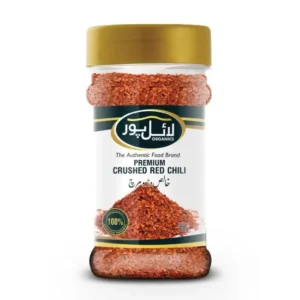 Premium Crushed Red Chili (Crushed Lal Mirch, Darra Mirch) – 100% Natural & Pure | Super Spicy Flavour & Vibrant Color | Best Price in Pakistan₨ 219.00 – ₨ 780.00Price range: ₨ 219.00 through ₨ 780.00★★★★★
Premium Crushed Red Chili (Crushed Lal Mirch, Darra Mirch) – 100% Natural & Pure | Super Spicy Flavour & Vibrant Color | Best Price in Pakistan₨ 219.00 – ₨ 780.00Price range: ₨ 219.00 through ₨ 780.00★★★★★ -
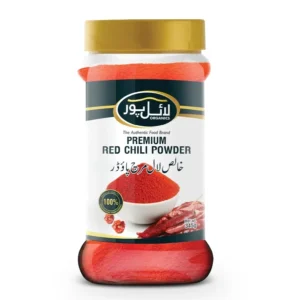 Premium Red Chili Powder (Lal Mirch Powder) – 100% Natural & Pure | Hot Spicy Flavour & Vibrant Color | Best Price in Pakistan₨ 200.00 – ₨ 1,015.00Price range: ₨ 200.00 through ₨ 1,015.00
Premium Red Chili Powder (Lal Mirch Powder) – 100% Natural & Pure | Hot Spicy Flavour & Vibrant Color | Best Price in Pakistan₨ 200.00 – ₨ 1,015.00Price range: ₨ 200.00 through ₨ 1,015.00 -
 Premium Black Pepper Powder (Kali Mirch Powder) – 100% Natural & Pure | Bold Flavour & Rich Aroma | Best Price in Pakistan₨ 664.00
Premium Black Pepper Powder (Kali Mirch Powder) – 100% Natural & Pure | Bold Flavour & Rich Aroma | Best Price in Pakistan₨ 664.00 -
 Premium Whole Red Chili (Lal Mirch) – 100% Natural & Pure | Super Spicy Flavour & Vibrant Color | Best Price in Pakistan₨ 419.00
Premium Whole Red Chili (Lal Mirch) – 100% Natural & Pure | Super Spicy Flavour & Vibrant Color | Best Price in Pakistan₨ 419.00
Applications of the Scoville Scale
The Scoville Scale is not just for peppers. It’s used to gauge heat levels in hot sauces, salsas, and spicy foods. Manufacturers often label their products with the Scoville Rating to inform consumers about the product intensity.
Culinary Uses and Cultural Significance
Different cultures use pepper heat levels to add flavor and heat to their cuisine. Mexican cuisine, for instance, uses various chili peppers, from mild poblanos in chiles rellenos to fiery habaneros in salsas. Indian cuisine, known for its spiciness, often incorporates hot peppers like the Bhut Jolokia, also known as the ghost pepper.
Health Benefits and Risks
Capsulain has several health benefits. It can boost metabolism, aid in weight loss, and relieve pain when used in topical creams. However, extremely high capsaicin levels can cause discomfort and should be consumed with caution.
Notable Peppers and Their Scoville Heat Levels
- Bell Pepper: 0 SHU
- Poblano Pepper: 1,000-2,000 SHU
- Jalapeño Pepper: 2,500-8,000 SHU
- Cayenne Pepper: 30,000-50,000 SHU
- Habanero Pepper: 100,000-350,000 SHU
- Ghost Pepper (Bhut Jolokia): 800,000-1,041,427 SHU
- Carolina Reaper: 1,400,000-2,200,000 SHU
- Black Pepper: 30,000-50,000 SHU
- Red Chili: 1,000-50,000 SHU
- Red Chili Powder: 15,000-50,000 SHU
- Crushed Red Chili: 15,000-45,000 SHU
Explore the Superhot Pepper World
The rise of superhot peppers like the Carolina Reaper has sparked a global fascination. These peppers are used in cooking and have become the centerpiece of eating challenges and spicy food competitions. The Carolina Reaper, currently the hottest pepper in the world, has an average of 1.6 million SHU but can reach up to 2.2 million SHU.

Growing Your Peppers
For pepper growers, understanding heat units is crucial. The environment, soil quality, and care can influence capsaicin levels. Start with milder varieties and progress to hotter ones as you gain experience.
Understanding Heat Tolerance and Building It Up
Building a tolerance to spicy foods involves gradually increasing your exposure to higher pungent levels. Start with milder peppers and try hotter ones. This process can help you enjoy flavors without overwhelming your palate.
Related Post
Traditional Pakistani, Indian, and Continental Dishes Featuring Red Chilli
Conclusion
The Scoville Scale offers a fascinating glimpse into the world of spicy foods, providing a scientific basis for the heat we feel. Whether you’re a culinary enthusiast, a hot sauce aficionado, or simply curious about the spiciness of peppers, understanding the Scoville Heat Units and how they are measured can enrich your appreciation for these fiery delights.
Other Top Products
-
 Premium Crushed Red Chili (Crushed Lal Mirch, Darra Mirch) – 100% Natural & Pure | Super Spicy Flavour & Vibrant Color | Best Price in Pakistan₨ 219.00 – ₨ 780.00Price range: ₨ 219.00 through ₨ 780.00★★★★★
Premium Crushed Red Chili (Crushed Lal Mirch, Darra Mirch) – 100% Natural & Pure | Super Spicy Flavour & Vibrant Color | Best Price in Pakistan₨ 219.00 – ₨ 780.00Price range: ₨ 219.00 through ₨ 780.00★★★★★ -
 Premium Black Cumin (Kala Zeera) – 100% Natural Organic & Pure | Intense Flavour & Rich Aroma | Best Price in Pakistan₨ 373.00 – ₨ 860.00Price range: ₨ 373.00 through ₨ 860.00★★★★★
Premium Black Cumin (Kala Zeera) – 100% Natural Organic & Pure | Intense Flavour & Rich Aroma | Best Price in Pakistan₨ 373.00 – ₨ 860.00Price range: ₨ 373.00 through ₨ 860.00★★★★★ -
 Premium Kishmish (Raisin) Sundarkhani – 100% Natural Organic & Pure | Rich in Nutrients & Sweet Flavour | Best Price in Pakistan₨ 281.00 – ₨ 410.00Price range: ₨ 281.00 through ₨ 410.00
Premium Kishmish (Raisin) Sundarkhani – 100% Natural Organic & Pure | Rich in Nutrients & Sweet Flavour | Best Price in Pakistan₨ 281.00 – ₨ 410.00Price range: ₨ 281.00 through ₨ 410.00 -
 Premium Red Chili Powder (Lal Mirch Powder) – 100% Natural & Pure | Hot Spicy Flavour & Vibrant Color | Best Price in Pakistan₨ 200.00 – ₨ 1,015.00Price range: ₨ 200.00 through ₨ 1,015.00
Premium Red Chili Powder (Lal Mirch Powder) – 100% Natural & Pure | Hot Spicy Flavour & Vibrant Color | Best Price in Pakistan₨ 200.00 – ₨ 1,015.00Price range: ₨ 200.00 through ₨ 1,015.00 -
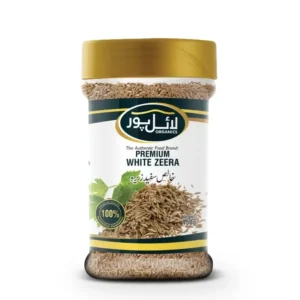 Premium White Cumin (Safaid Zeera) – 100% Natural Organic & Pure | Delicate Flavour & Rich Aroma | Best Price in Pakistan₨ 280.00 – ₨ 624.00Price range: ₨ 280.00 through ₨ 624.00
Premium White Cumin (Safaid Zeera) – 100% Natural Organic & Pure | Delicate Flavour & Rich Aroma | Best Price in Pakistan₨ 280.00 – ₨ 624.00Price range: ₨ 280.00 through ₨ 624.00 -
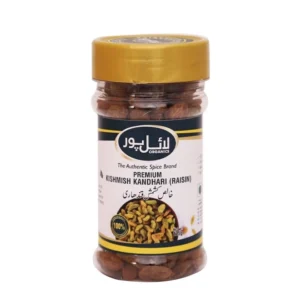 Premium Kishmish (Raisin) Kandhari – 100% Natural & Pure | Rich in Nutrients & Sweet Flavour | Best Price in Pakistan₨ 200.00 – ₨ 260.00Price range: ₨ 200.00 through ₨ 260.00
Premium Kishmish (Raisin) Kandhari – 100% Natural & Pure | Rich in Nutrients & Sweet Flavour | Best Price in Pakistan₨ 200.00 – ₨ 260.00Price range: ₨ 200.00 through ₨ 260.00



